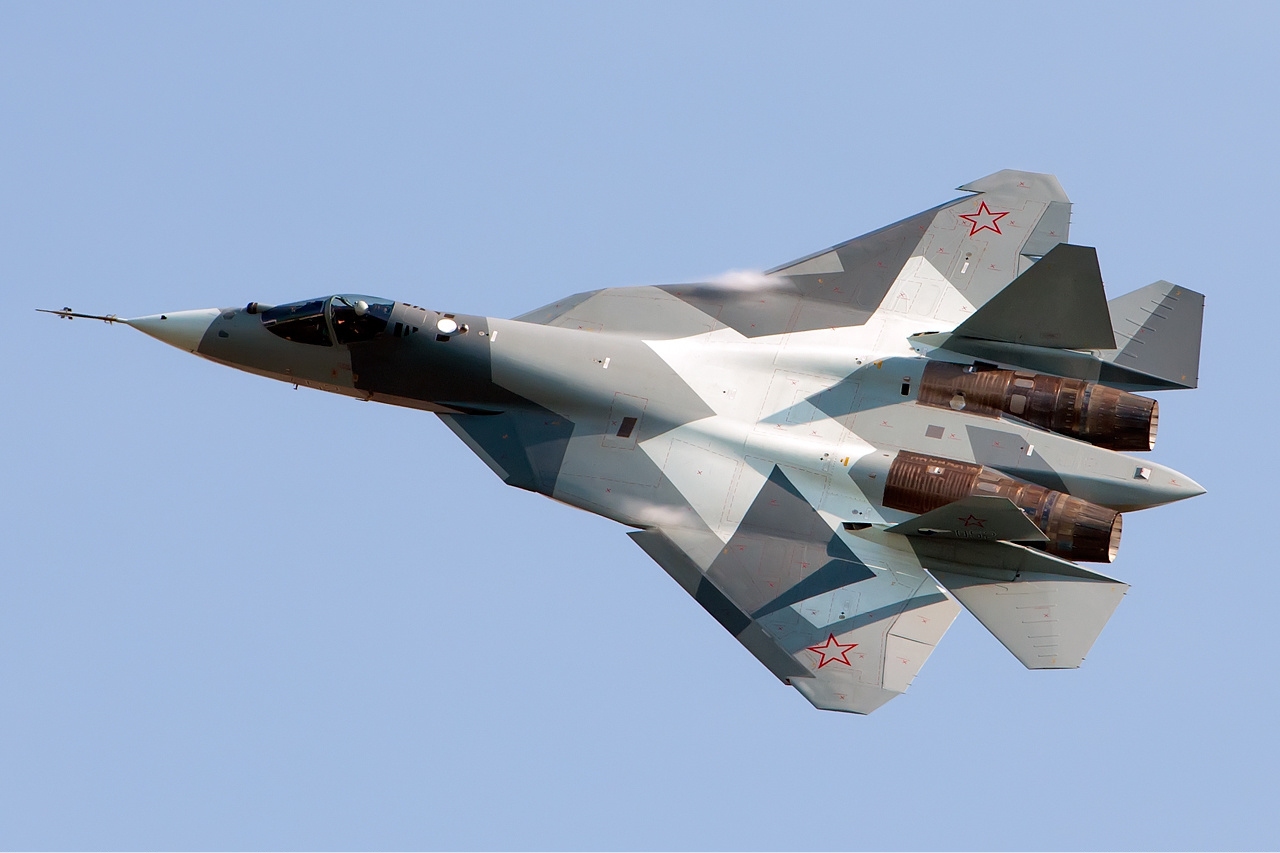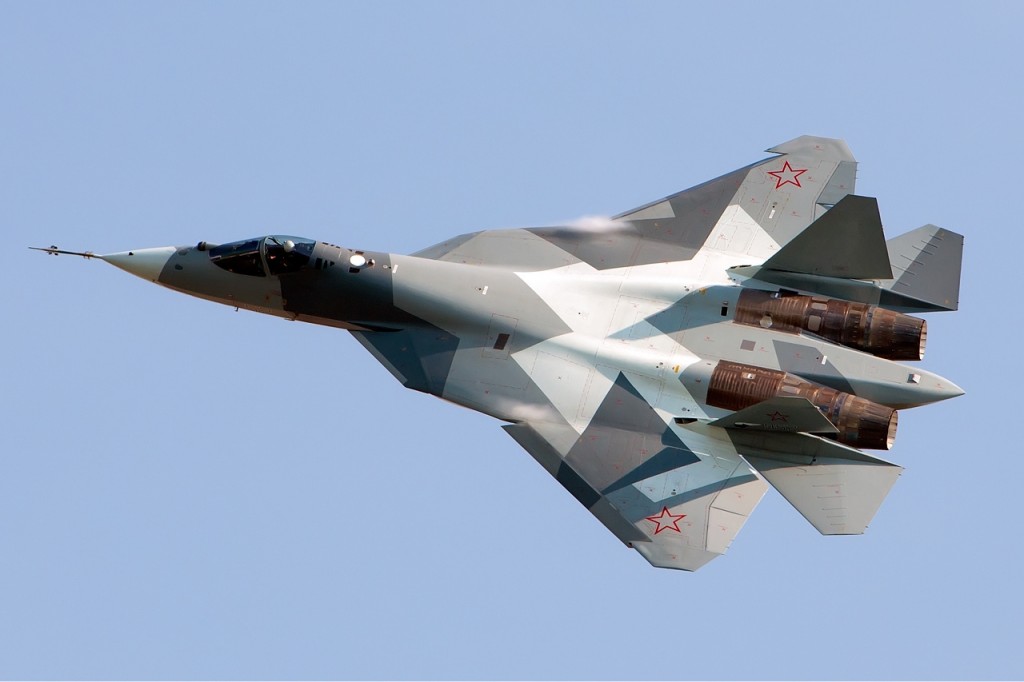By Derek Bisaccio
Sourced : Conflict News
Russia’s Deputy Defense Minister has announced that production of the country’s stealth aircraft will begin in 2018, a seeming delay from previous reports that the aircraft, known as the PAK FA, would be ready for production next year.
Sukhoi, the manufacturer of the aircraft, released a statement on July 4 following Deputy Defense Minister Yuri Borisov’s visit to a plant in eastern Russia. Sukhoi noted in its press release, “Speaking about the PAK FA program, the deputy defense minister said that serial production of T-50 fifth-generation aircraft is scheduled to start in 2018.”
The announcement that serial production will start in 2018 indicates that either a delay occurred with the program or previous reports about it going into production in 2017 were premature. In January of this year, Viktor Bondarev, the Commander of the Russian Aerospace Force, told RIA Novosti that “next year the aircraft goes into serial production,” and he reiterated that expectation last month.
The PAK FA, like other advanced fighter jets being developed around the world, has encountered its fair share of difficulties that have pushed the aircraft’s entry into service back in the past. A joint project with India regarding a variant of the PAK FA has been similarly plagued by setbacks.
Moscow’s financial troubles have also negatively impacted the fighter program. Economic sanctions and the collapse in energy prices have reduced the government’s revenues, forcing Russia to cut some expenditure and dip into reserve funds to ease the situation. As a result, plans for large orders have been scaled back, with an initial order likely to be no more than 12 aircraft, after earlier hopes that many more would be procured.
Despite the challenges the program continues to move forward. An eighth prototype fully meeting the military’s requirements took flight on June 20. Several more prototypes are nearing completion currently and likely to see air testing before the end of this year.
In all, over 700 flight tests have been carried out to date, according to Sukhoi, and some of these tests include the use of guided missiles and other weapons systems. During testing in February, one of the prototype aircraft reportedly set a climb record of 384 meters per second.
The United Aircraft Corporation, the parent of Sukhoi, had hoped to receive an initial contract for the aircraft as early as this year, though with the latest announcement that serial production will not be until 2018, an order will likely come some time in 2017. Expectations of acquiring over 50 PAK FAs by 2020 are unlikely to be met, particularly if the financial situation does not improve.
Even after entering service, the aircraft will still not be to full capability for some time. In particular, the engines currently in installed on the aircraft are the same ones used by the Su-35 – which fuels some of the criticism that the PAK FA is not a true fifth-generation fighter – and while a new engine is being developed specifically for the PAK FA, it is not expected to be ready for testing until 2018 and will not enter service until 2025 at the earliest.
Nevertheless, completing the PAK FA will serve as a milestone for the Russian industry, which can boast of developing an advanced stealth fighter of a purely Russian design. Moreover, if nothing else, Russian firms can use the experience of developing a new fighter jet from scratch as the basis for future projects down the line, such as a sixth-generation fighter.
Importantly for the Russian military, the aircraft if procured in sizable quantities can give the Aerospace Force a challenge to the United States’ F-22 Raptor. While Moscow’s budget is likely to prove problematic in the short term, Russia is currently paying off debts (rather than accumulating them) and working to ease off its vulnerability to sanctions from abroad, particularly from the West. Continued effort in this end could certainly improve the budget picture down the road.
In the longer term, procurement of the fighter jet in bigger numbers may become feasible, assuming the PAK FA meets the capabilities as advertised, which either way will become apparent once the initial batch enters service as the military will run the aircraft through its own exercises.


